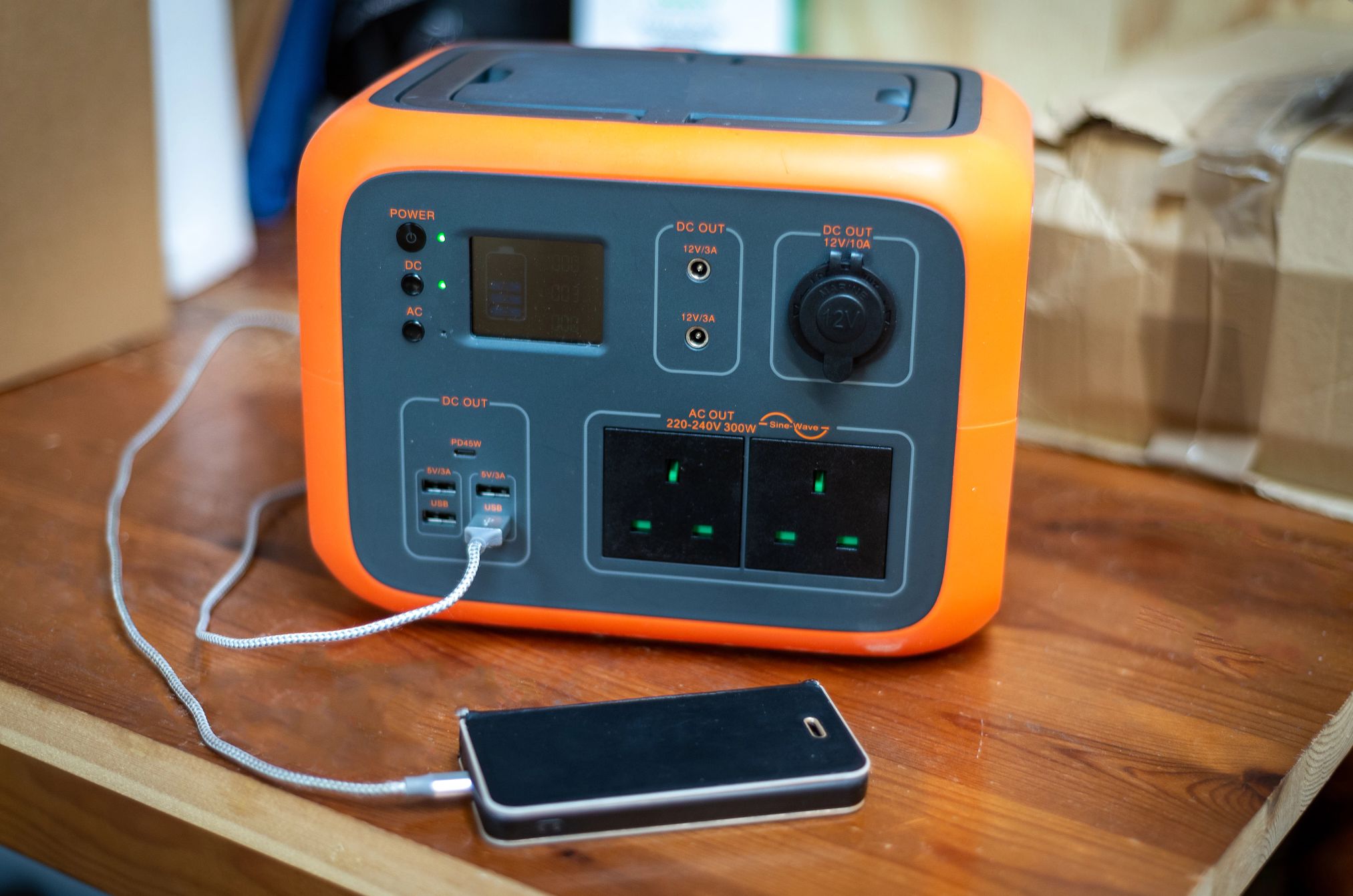AARP Hearing Center


Losing electricity for an extended period of time can be a lingering nuisance for some, but it can turn life threatening for older Americans. A generator can help. It can be an important part of your disaster preparedness kit to keep food at safe temperatures, medical equipment running and your phone and computer charged.
"Power disruption caused by a disaster isn't just inconvenient, it can be dangerous for the health and well-being of residents who may have complex needs," says Stephanie Fox, national spokesperson for the American Red Cross, who recommends making a list of the essential devices you have that rely on electricity such as IV pumps or electric wheelchairs.
But while most people are familiar with gas generators, there is another kind on the market: rechargeable electric power generators. Here is what you need to know to make the best decision for you.
First, know the difference
Electric power stations are rechargeable generators that you can recharge from a wall outlet or portable solar panels. If you've made it through the day by recharging your smartphone using a USB cord tethered to a deck of card-sized battery, a portable power station is a similar concept, only bigger and more capable. Gas generators burn fossil fuel while electric ones act more or less like a giant battery made up of small cells says Prasad Enjeti, chair of the Department of Electrical & Computer Engineering at Texas A&M University,
Rechargeable power stations can be used in your house. Gas can’t
Because they run on batteries, electric generators don't produce emissions, so they're safe to use inside and even next to a bed. Gas versions must be kept outside because they produce carbon monoxide when they're running. Enjeti agrees that not having to worry about carbon monoxide poisoning is a benefit of using an electric generator, but so is having it closer to the device you need to power. "Closer to the point of use also minimizes the length of electric wiring that can also reduce losses and fire hazards," he says.


Smaller sizes are easy to carry, but larger ones power more devices
Electric power stations range from smaller versions (the size of a shoebox, weighing about 20 pounds) which can handle charging a phone, laptop or CPAP machine a few times during an outage, to massive towers on wheels (70 to 100 pounds on wheels) that can run an entire kitchen or floor of a house, when wired by an electrician. Extension cords can help run power to smaller devices on a second floor but if you need power in a bedroom, hauling 100 pounds up a flight of stairs is a two-person job. "In general one should minimize extension cord usage," Enjeti says. "Generally with higher power appliances — such as microwave, toaster oven — it's preferable to be plugged directly into the unit outlet."
The smallest inverter-style gas generator — the kind you might take camping or see powering a food truck — can weigh about 60 pounds. Larger gas generators on wheels can weigh about 115 pounds, empty, while providing up to 3,600 watts of power The equivalent of that in an electric generator can weigh between 70 and 100 pounds on wheels.
The sweet spot for emergency preparedness is electric power stations that are large enough to run essential equipment, yet are easy enough to move or wheel around.


































































More From AARP
7 Ways to Protect Your Home from Wildfires
New materials, landscaping help prevent fires from spreadingHow to Speed Up a Home Insurance Claim After a Flood, Fire or Other Disaster
These tips could make it easier to file for damage to your property
AARP Smart Guide to Decluttering
39 strategies on how to donate, ditch and downsize the things filling up your home